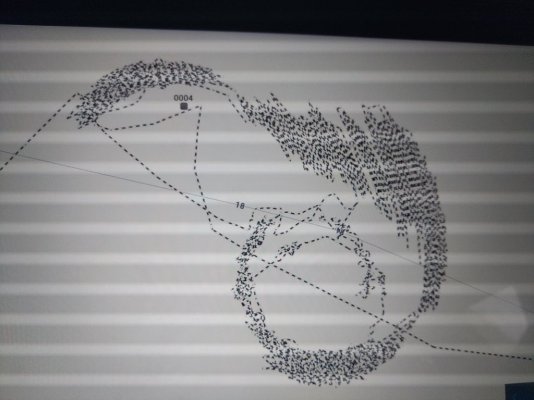BruceK
Moderator Emeritus
- Joined
- Oct 31, 2011
- Messages
- 13,549
- Vessel Name
- Sojourn
- Vessel Make
- Integrity 386
Covers it nicely, though I would have tried increasing rode after taking the load off it with engines. I suppose you could have tried a retrieve and reset, but tough at night in 50 knots. Prevention beats cure, but that`s not the subject. There are certainly lessons in it too, one is anchor replacement you are already following, the other is appropriate rode to cover exigencies. I hope it ended ok, experiences like that can sear into memory.Sounds like you did the only thing you could do - use the engine(s) to relieve pressure on the anchor. Once the anchor cuts loose, adding more scope is not likely to halt the drift. Dropping a second anchor was probably a mistake - no way it could set, and more likely to foul something important and prevent you from getting underway. Don't do that next time...
Peter
Last edited:

